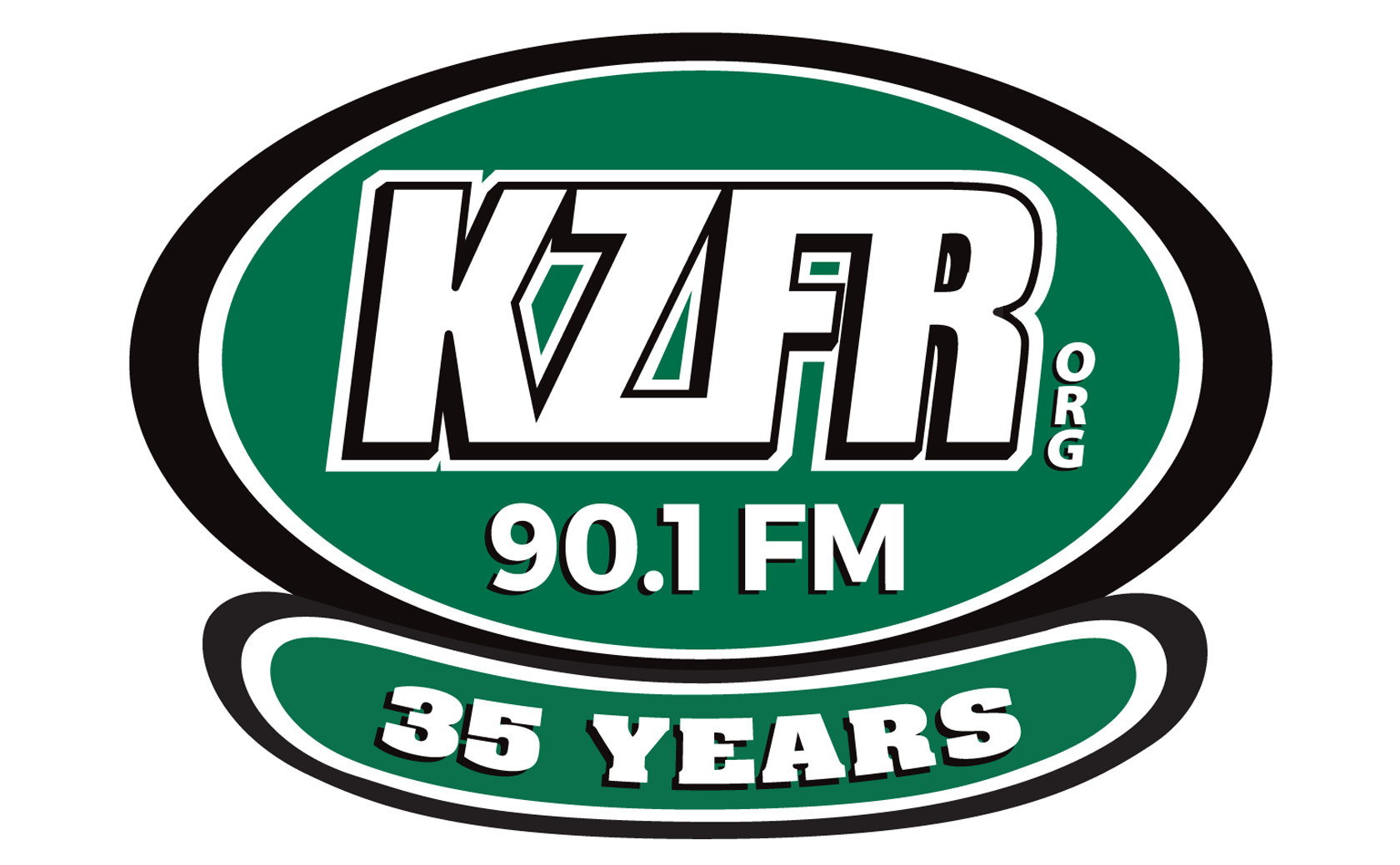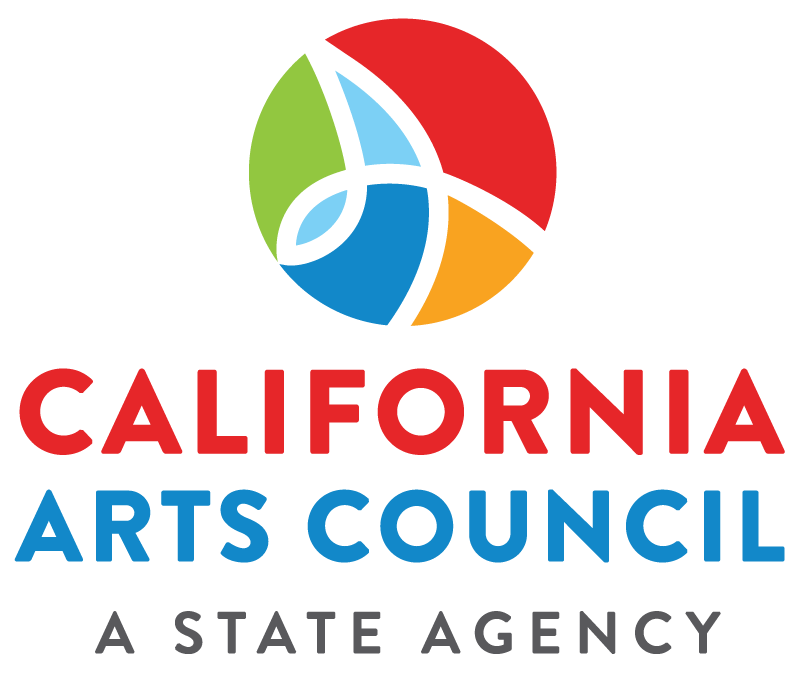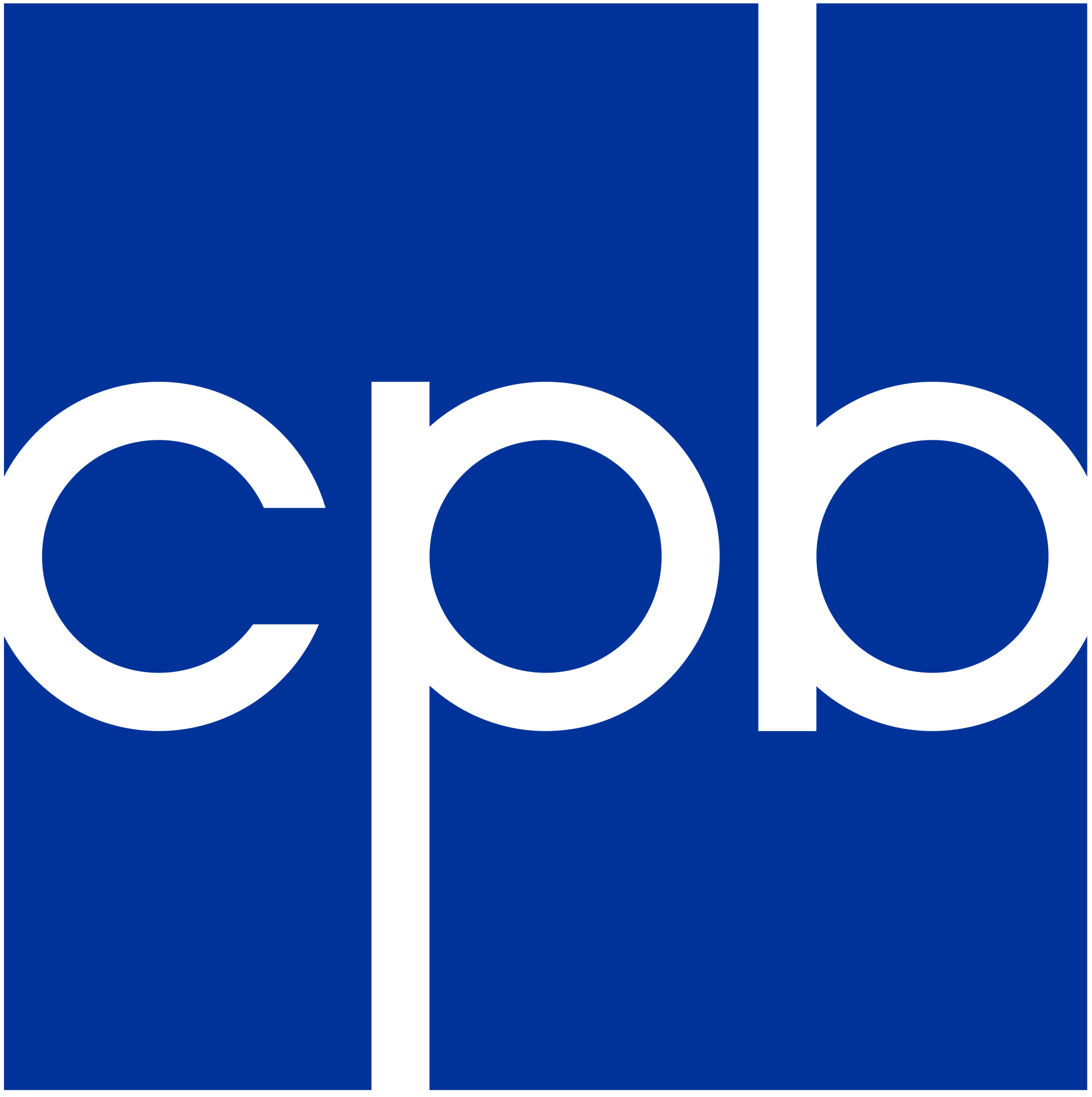One of the more obscure jewels of the 60’s folk music scene was the talented and impetuous singer Dorris Henderson (1933-2005). Dorris was born in Florida and raised in New Jersey and Los Angeles. By the early 1960’s she was working for the City of Los Angeles and catching live music - mostly jazz - at various venues. It was at the Ash Grove that her career and life changed direction when she saw Odetta perform. She bought an autoharp and a copy of Alan Lomax’s “The Folk Songs of North America,” and within a few months she was stepping on stage for open-mic nights and then making appearances at the Ash Grove and The Troubadour where she sang with visiting professionals like Sonny Terry, Willie Dixon and Memphis Slim. She was offered a job performing at a café in Topanga Canyon and it was there that the hipster poet social commentator and raconteur Lord Buckley met her and invited her to join him for his appearances at the Ivar Threater in L.A. He introduced her as “The Lady Dorris” and she sang behind one of his most well-known pieces “The Naz.” Their performance was recorded and released on World Pacific Records. From that point on she appeared at every major folk music venue in Los Angeles and San Francisco.
Dorris walked away from her civil service day job and traveled to New York for a vacation.
Although she was only in NYC for a short stay, while there she settled into the
Greenwich Village folk scene performing at every club and hanging with all the
major players: Fred Neil, Dave Van Ronk, Mark Spoelestra, Paul Simon and Bob Dylan (you can catch a glimpse of
her in the Dylan documentary “Don’t Look
Back”).
At the recommendation of her brother Dorris sailed alone to England. It was 1965. “In the States,” Dorris said in an interview years later, “I felt that I wasn’t getting as far as I wanted because I sang songs that I wasn’t supposed to sing, Appalachian mountain ballads. But they’re beautiful songs, the words are fantastic. I just fell in love with the music.” She stayed in a hostel and performed at all the folk clubs she found listed in Melody Maker magazine. She’d just show up with her autoharp and when the opportunity arose, get up on stage and perform Appalachian ballads and “…the folk club people were a bit more receptive….they didn’t really expect me to sing ‘colored’ music.”
At one club Dorris was approached by a BBC television producer who invited her to perform on his music show that had the sophisticated high-brow title of “Gadzooks, It’s All Happening!” After her initial performance she was given a six month contract to perform her choice of American folksongs each week. Often performing while dressed in jeans, sitting on a haystack as the show’s dancers performed their interpretation of a hoe-down, Dorris also shared the studio stage with the top pop stars of the day: Tom Jones, Lulu, Sandie Shaw, Georgie Fame and the Everly Brothers. It paid the bills and got her out of the hostel.
In between TV shows she was still making the rounds of the London folk clubs. At The Roundhouse on Wardour Street Dorris
met guitarist John Renbourn and they began to work together, performing in
clubs, touring, appearing on “Gadzooks” and then recording an album “There
You Go” in 1965.
Renbourn was a classically trained guitarist who fell under the spell of American finger picking blues guitarists in the 1950’s and spent the early 1960’s performing solo or with other musicians. Just prior to recording with Dorris he made his own record “John Renbourn” (1965) and later also recorded “Bert and John” (1966) with guitarist Bert Jansch. Dorris and John recorded their second record “Watch the Stars in 1967 but stopped performing together when Renbourn joined the seminal folk-jazz band The Pentangle. He went on to record dozens of records in a variety of musical genres, earned a degree in composition, and composes and teaches at Cambridge and at other colleges.
Dorris appeared at clubs and festivals throughout Britain and sometimes toured the European mainland. She was approached by the folk rock group Eclection; their vocalist had quit, she was asked to join. With Eclection Dorris performed regularly at colleges and clubs and appeared at the famous 1969 Isle of Wight rock festival. When the band couldn’t get a new recording contract Dorris signed as a solo performer with Warner Brothers. She made a number of demos and un-released singles (including a version of Ralph McTell’s “Streets of London” -- prior to McTell’s best-selling record) but her contract expired without any releases.
The 1970’s found Dorris resurrecting Eclection and adding an emphasis on jazz to the band’s sound. Later she focused primarily on jazz and performed with a variety of British jazz bands. She also continued her work in BBC television and radio, recording commercial jingles. Dorris married Mac McGann a Scottish folk singer and songwriter, guitarist, barrelhouse blues pianist, harmonica player, graphic artist, wood carver and cartoonist. She withdrew from performing; staying at home in England raising their family until she re-emerged musically in the 1990’s performing and recording.
Here’s Dorris singing behind Lord Buckley at the Ivar Theater: https://www.youtube.com/watch?v=EA1VQxaRQOI
Here’s a soundtrack Dorris recorded for the film “Rotterdam Blues”: https://www.youtube.com/watch?v=9dJifvHWC1A
On American Pastimes: Selections from Dorris Henderson & John Renbourn’s two albums “There You Go” (1965) and “Watch the Stars” (1967), and Dorris Henderson’s “Here I Go Again” (2003).









